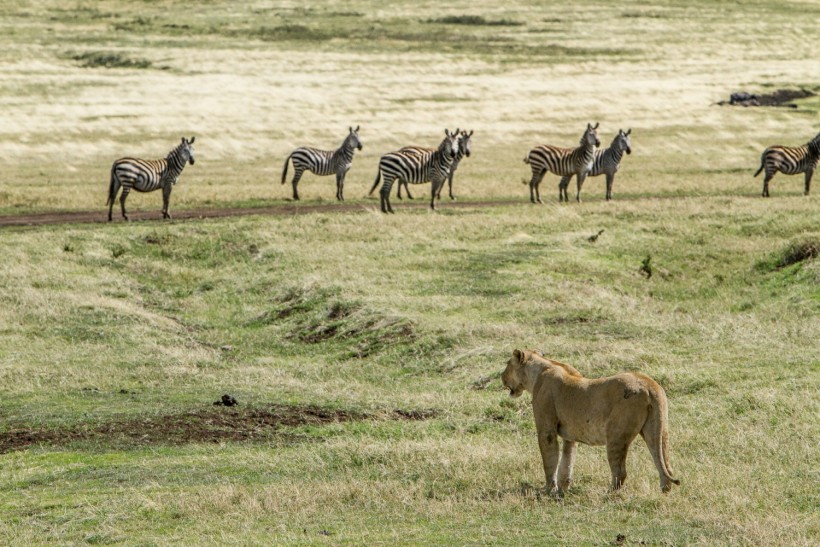One small invasive insect species has disrupted lions' zebra hunting abilities, showcasing the intricate interconnectedness of life on Earth. Amidst numerous simultaneous environmental changes caused by humans, it becomes challenging to attribute specific consequences to individual disturbances.
To unravel the complex web of species interactions on Kenya's savanna, zoologist Douglas Kamaru and his team conducted experiments, revealing the substantial impact of a tiny ant on the ecosystem's apex predator.

Unraveling Nature's Web: How Do Invasive Ants Disrupt Lion Predation Patterns in Kenya's Savannah?
How Do Lions Hunt?
Lions (Panthera leo), formidable predators with size, speed, and agility, employ diverse hunting strategies. Lionesses, the primary providers of pride, exhibit agility, relying on stealth for successful hunting. They make a quick lunge, aiming for the neck to deliver a lethal blow, and may resort to swatting to incapacitate prey.
While lionesses are doing the hunting, adult male lions eat first, typically targeting the stomach for access to internal organs. Lions eat every few days, and while they primarily hunt, they also scavenge for remains. Lionesses often hunt in groups, increasing success rates and enabling larger kills to sustain the pride.
These predators native to African savannahs prefer prey like wildebeests and zebras, although male lions may target larger animals like buffaloes. Hunting strategies involve group positions, increasing effectiveness. Lions don't eat hyenas, leopards, cheetahs, or impalas. While they don't cannibalize their own, male lions may kill cubs from other males for territorial reasons.
Invasive Ants Are Messing With the Lion's Preying Habit
Invasive big-headed ants (Pheidole megacephala) have spread globally, likely transported through human activities. The researchers compared savannah areas invaded by these ants with untouched regions, revealing a significant reduction in tree cover in the invaded territories.
In areas with fewer trees due to ant invasion, lions faced challenges in ambushing zebras (Equus quagga), resulting in a nearly threefold increase in zebras escaping lion attacks. This disruption in the food chain, termed trophic cascades, suggests lions may be adapting to other prey sources due to increased difficulty hunting zebras.
The decline in whistling thorn tree (Vachellia drepanolobium) coverage, caused by invasive ants slaughtering native acacia ants (Crematogaster sp.), has broader consequences.
Whistling thorns and acacia ants share a mutualistic relationship, with trees providing shelter and food to ants, and ants defending trees against hungry elephants. In the absence of acacia ants, elephants browse freely, damaging trees up to seven times more in ant-invaded areas.
The study, titled "Disruption of an ant-plant mutualism shapes interactions between lions and their primary prey" published in Science Advances, highlights the intricate relationships shaping ecosystems, emphasizing the importance of understanding various species interactions beyond traditional food chains.
With human-induced disturbances disrupting these complexities, preserving vital interactions becomes crucial for ecosystem conservation. The research underscores the need to identify and protect key species relationships in the face of environmental change.
RELATED ARTICLE: Researchers Predict the Movement of Invasive Species Around the Globe by 2050
Check out more news and information on Lion in Science Times.














